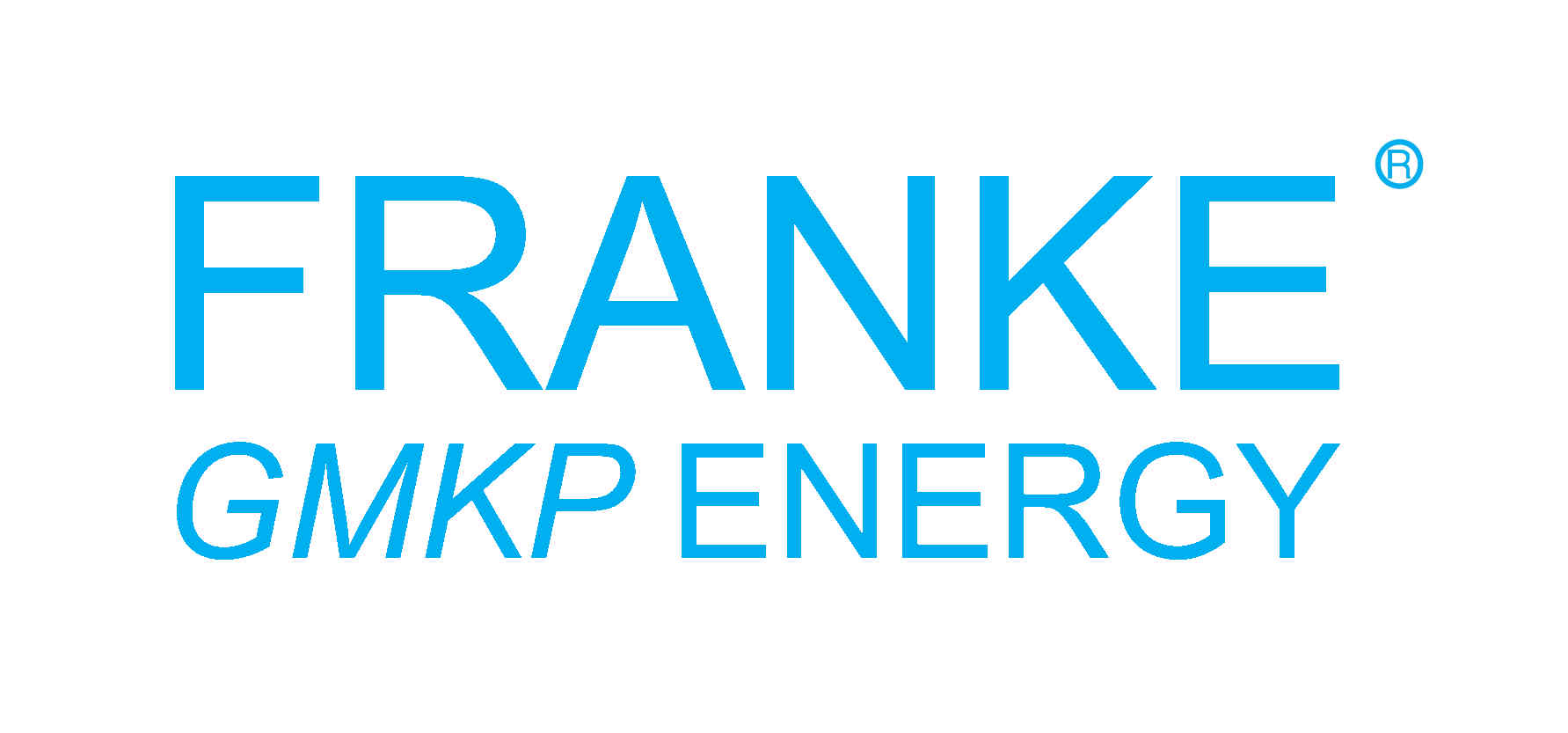
Peak Power Control Solution in a Steel Manufacturing Factory
Scenario: Imagine a steel manufacturing factory that operates multiple production processes, including smelting, refining, and rolling, which collectively consume a substantial amount of energy. The factory experiences peak power demand during certain hours of the day when all these processes are running simultaneously, causing strain on the local power grid.
Peak Power Control Strategies:
Load Shifting: The factory can implement a load shifting strategy by adjusting the production schedules. Energy-intensive processes like smelting and refining can be shifted to off-peak hours when the demand for electricity is lower. By doing so, the factory can reduce its power consumption during peak times and alleviate the stress on the grid.
Demand Response: The factory can enroll in a demand response program offered by the local utility company. During periods of high demand on the grid, the utility could send a signal requesting the factory to temporarily reduce its energy consumption. In response, the factory could idle non-critical equipment, adjust lighting levels, and optimize heating and cooling systems, effectively lowering its power demand for a short duration. In return, the factory could receive financial incentives or reduced electricity rates.
Energy Storage Integration: The factory could invest in energy storage solutions such as batteries. During times of low demand, excess energy could be stored in the batteries. When peak hours arrive, the factory could draw power from these batteries, reducing its reliance on the grid. This approach not only helps control peak power demand but also enhances the factory's overall energy efficiency.
Smart Energy Management: Implementing advanced energy management systems that monitor real-time energy consumption and equipment performance can enable the factory to identify energy-intensive processes. By analyzing data, the factory can optimize its operations by adjusting production sequences and equipment usage to avoid simultaneous spikes in power demand.
Benefits:
Cost Savings: By reducing their energy consumption during peak hours, the steel factory can avoid higher electricity rates associated with peak demand. This leads to substantial cost savings over time.
Grid Stability: By participating in demand response programs and load shifting, the factory contributes to grid stability. This not only prevents potential blackouts but also helps maintain consistent voltage levels throughout the local power distribution system.
Environmental Impact: Implementing peak power control strategies leads to a reduced reliance on fossil fuel-based power sources during peak hours, thereby lowering greenhouse gas emissions and contributing to a greener environment.
Long-term Efficiency: Integrating smart energy management systems and load-shifting practices encourages the factory to adopt energy-efficient practices on an ongoing basis. This can lead to a cultural shift toward sustainable energy consumption across all levels of the organization.
In conclusion, implementing peak power control measures in a steel manufacturing factory not only addresses the immediate challenge of managing energy demand during peak hours but also aligns with broader sustainability goals. By adopting strategies like load shifting, demand response, energy storage, and smart energy management, the factory can achieve cost savings, enhance grid stability, reduce environmental impact, and promote energy-efficient practices. This example underscores the importance of collaboration between industries and energy providers in creating a more resilient and sustainable energy landscape.
More: Brochure DSM Steel Factory





